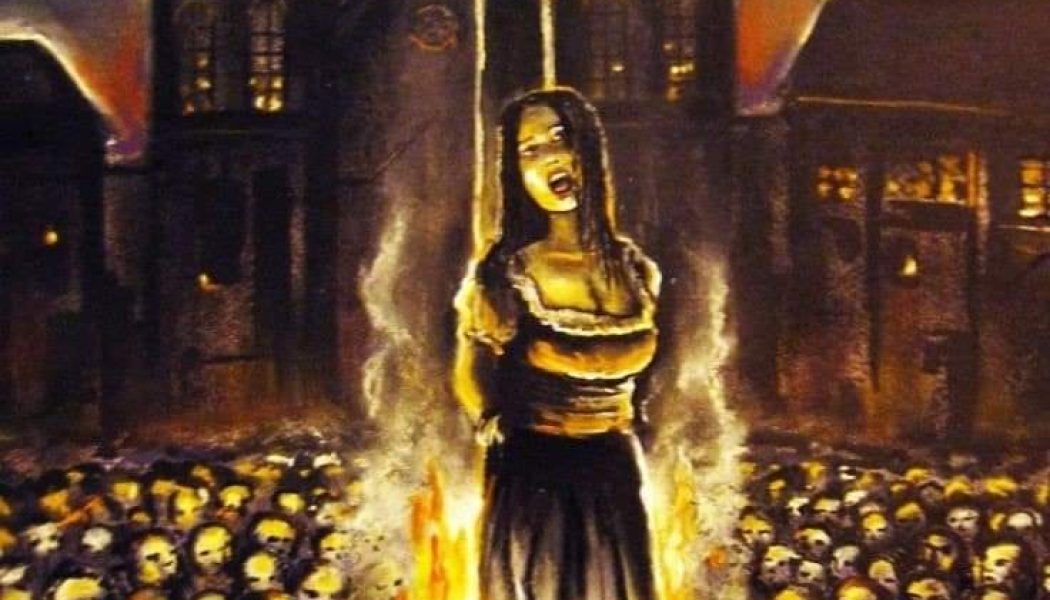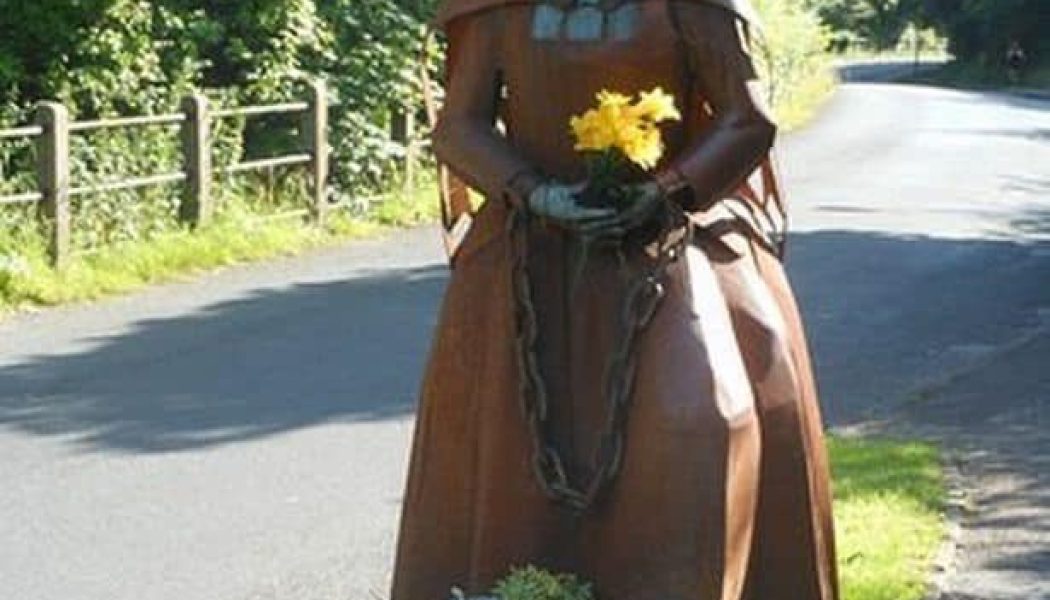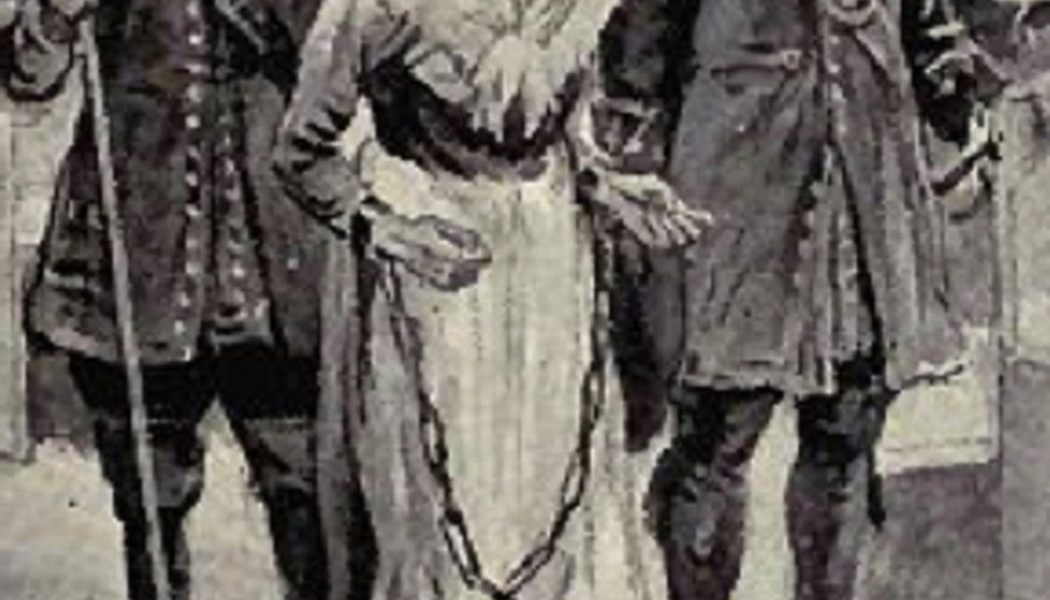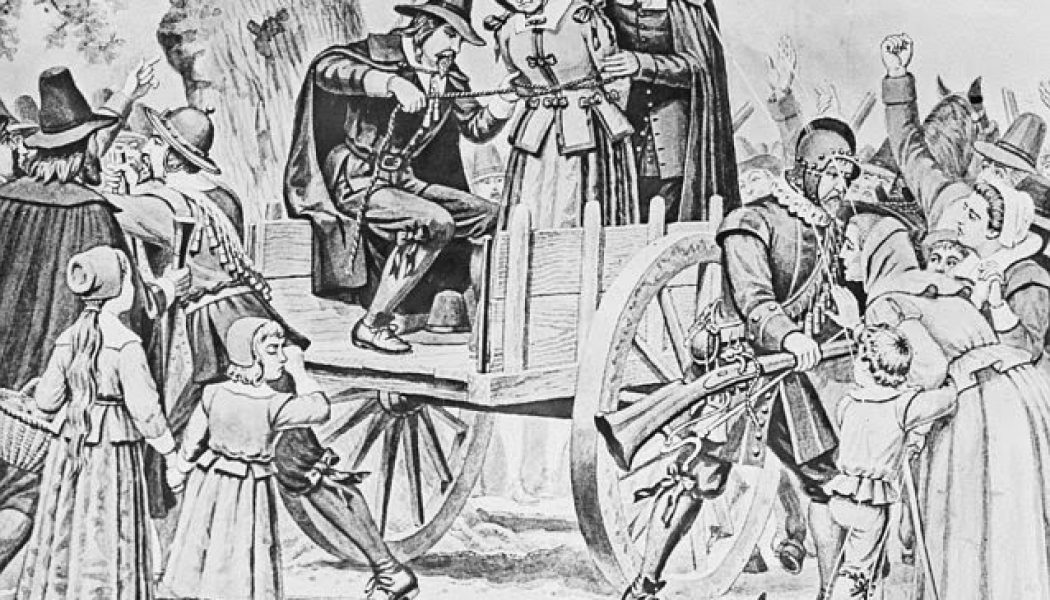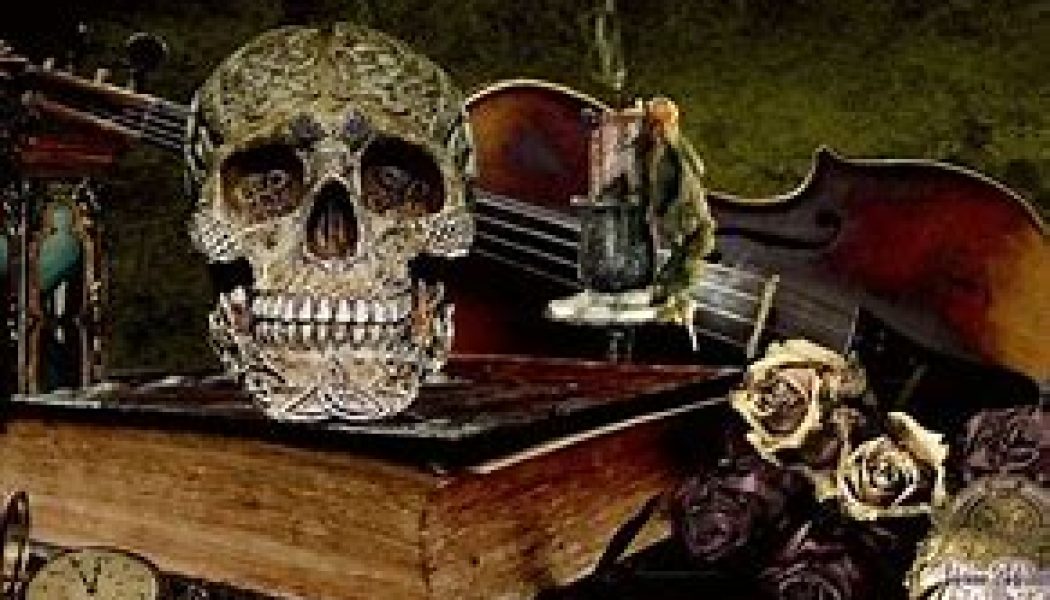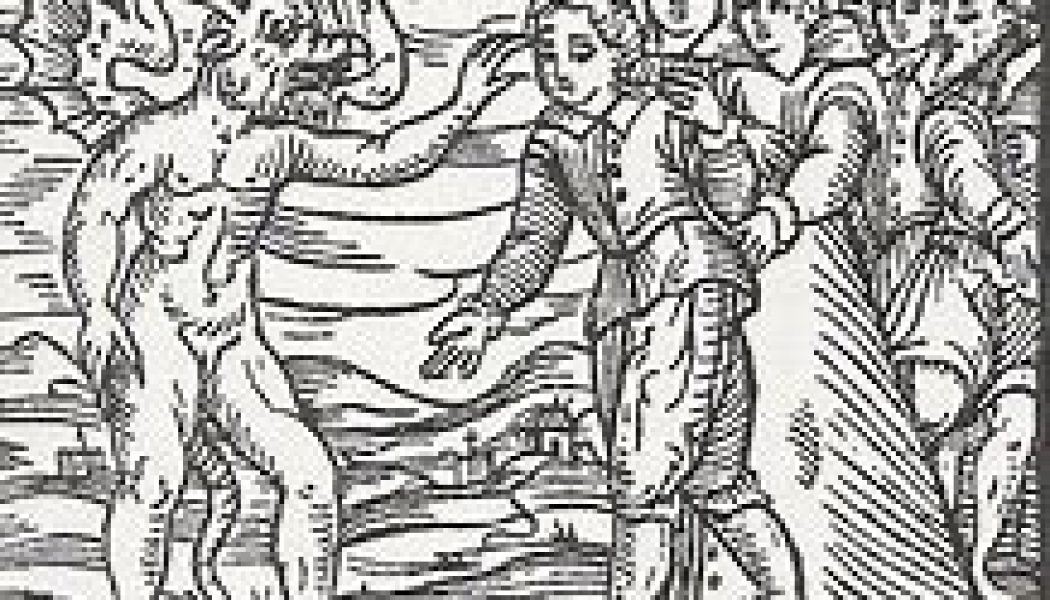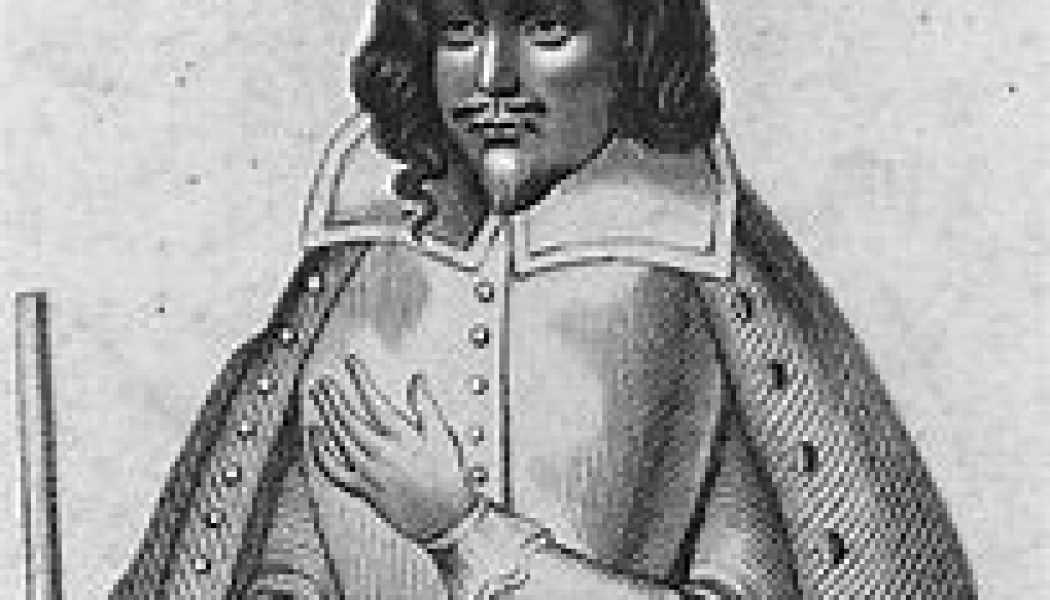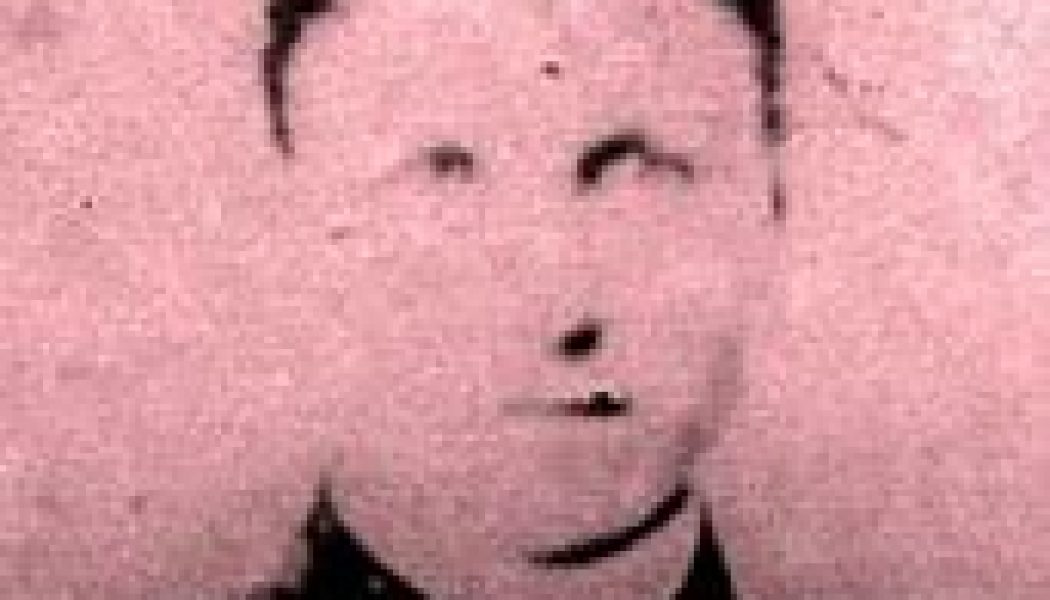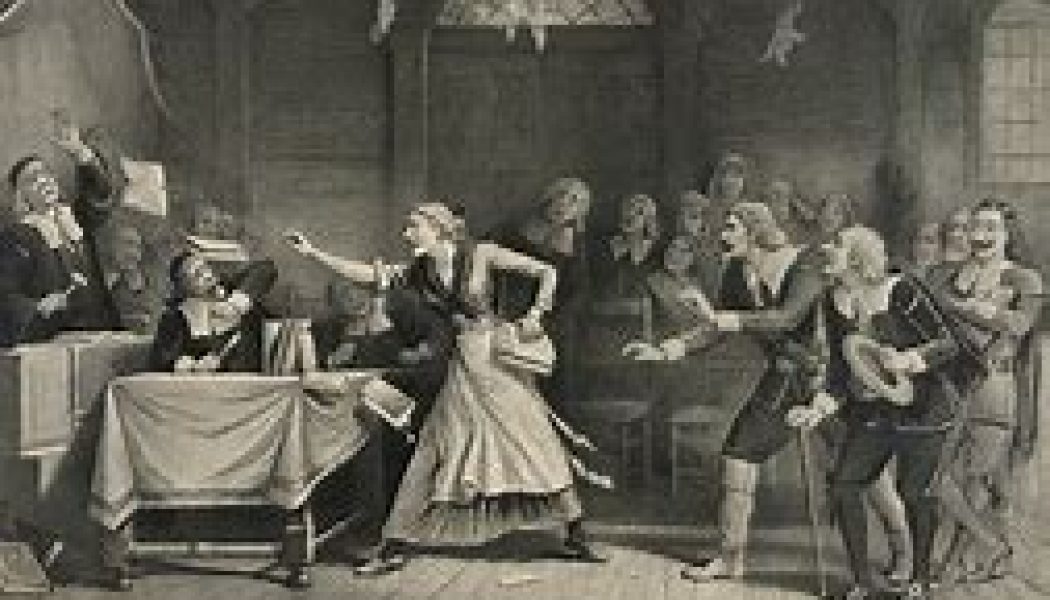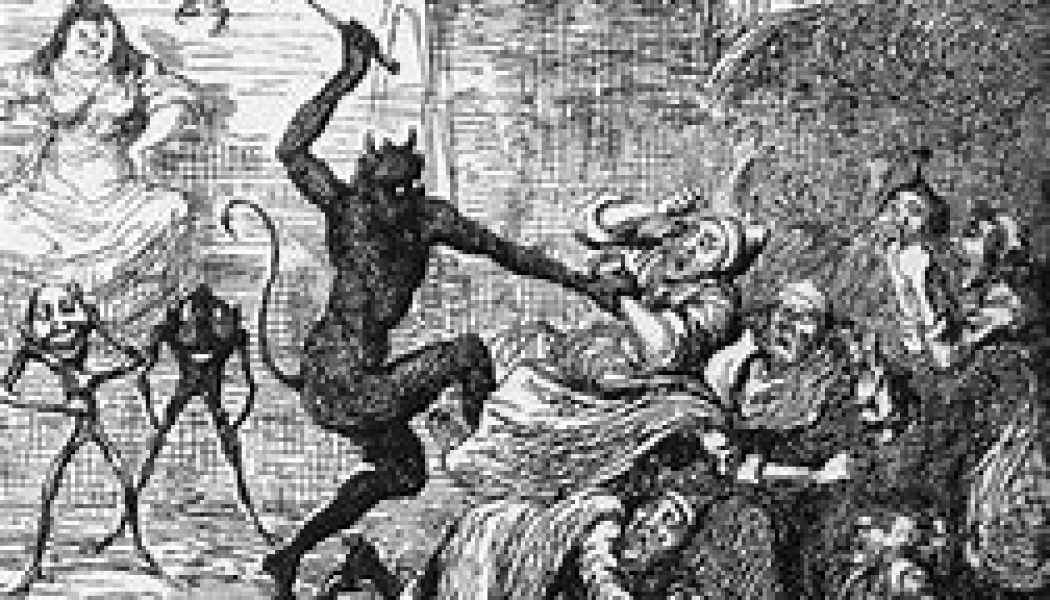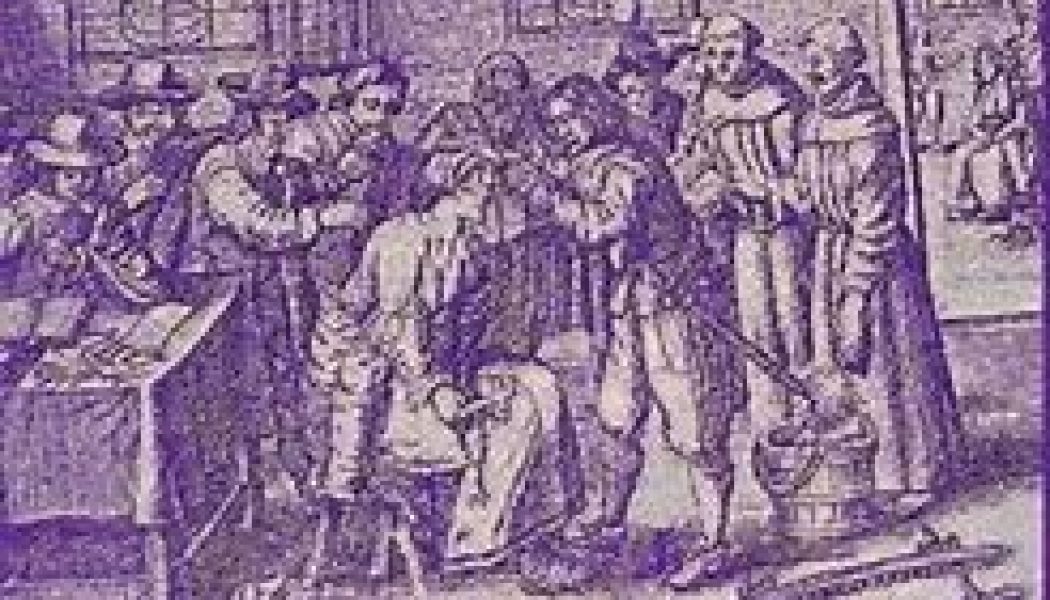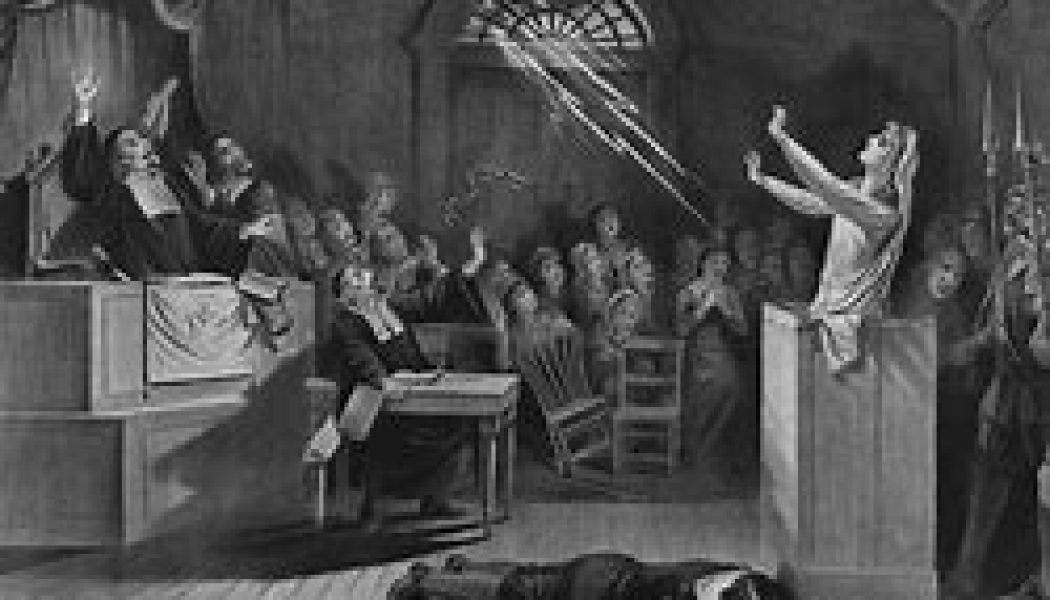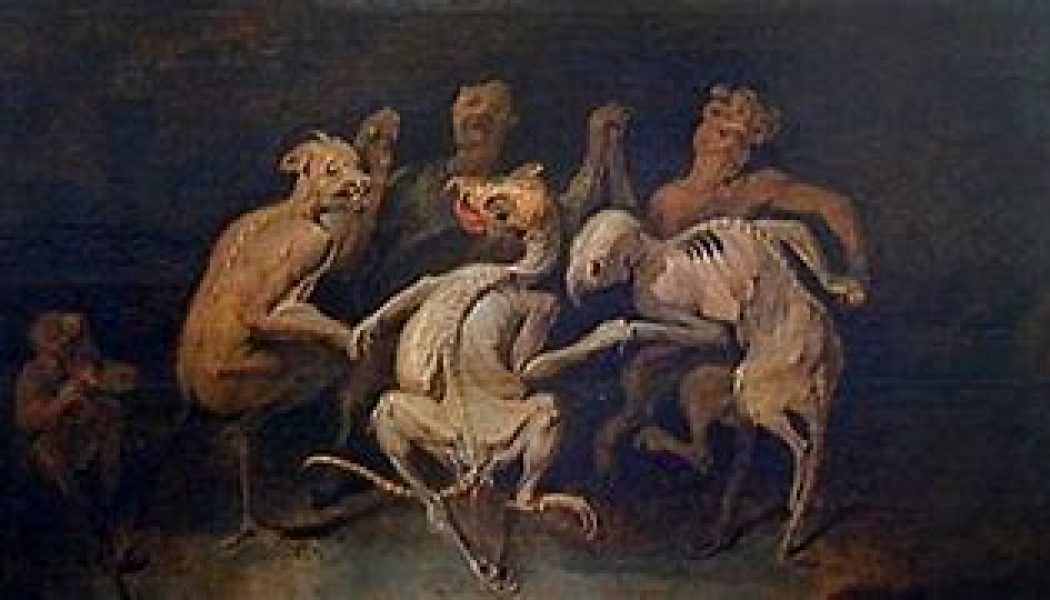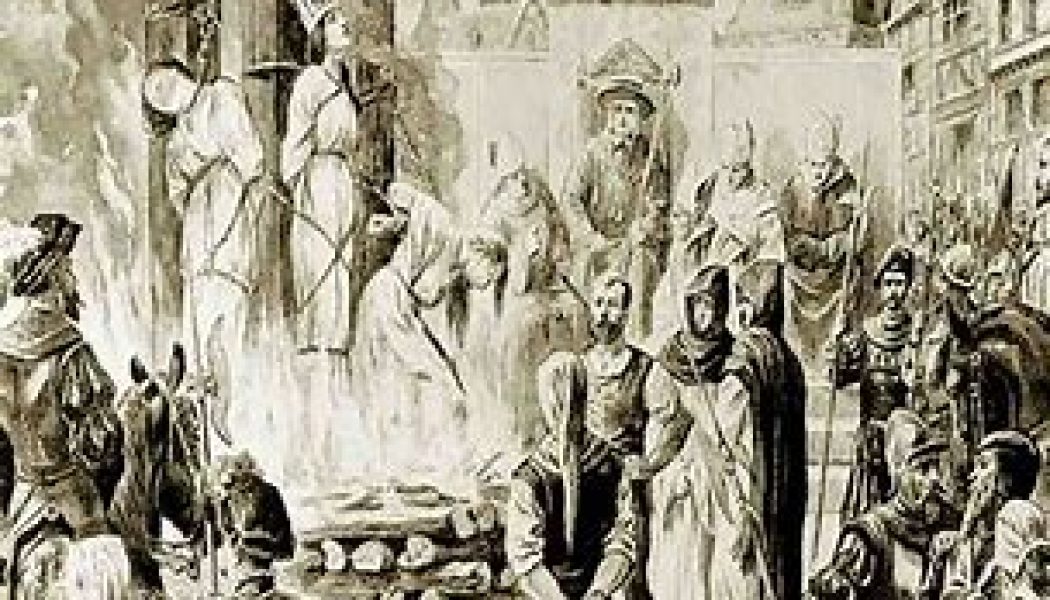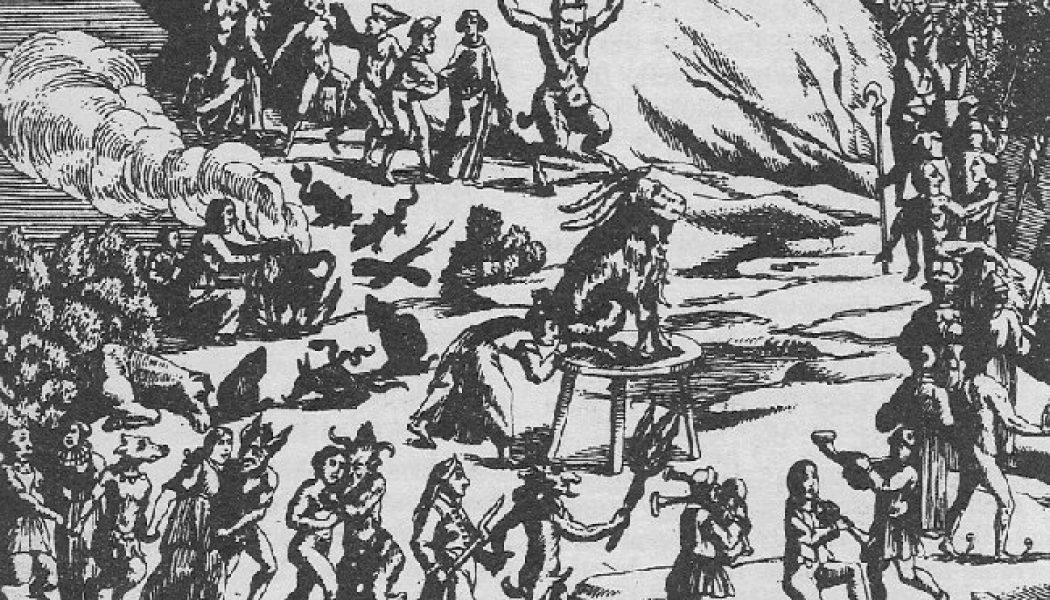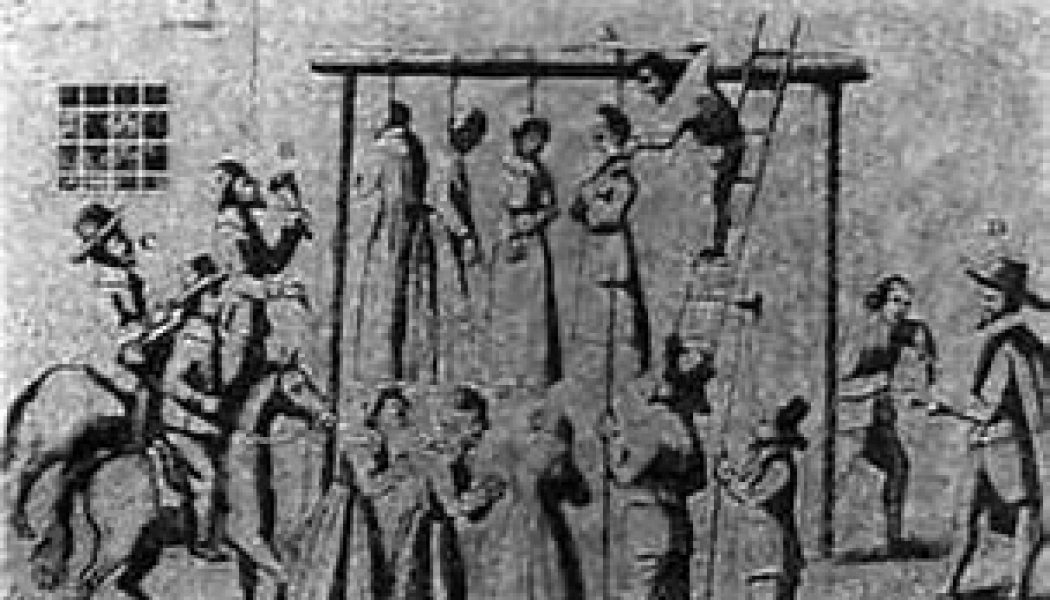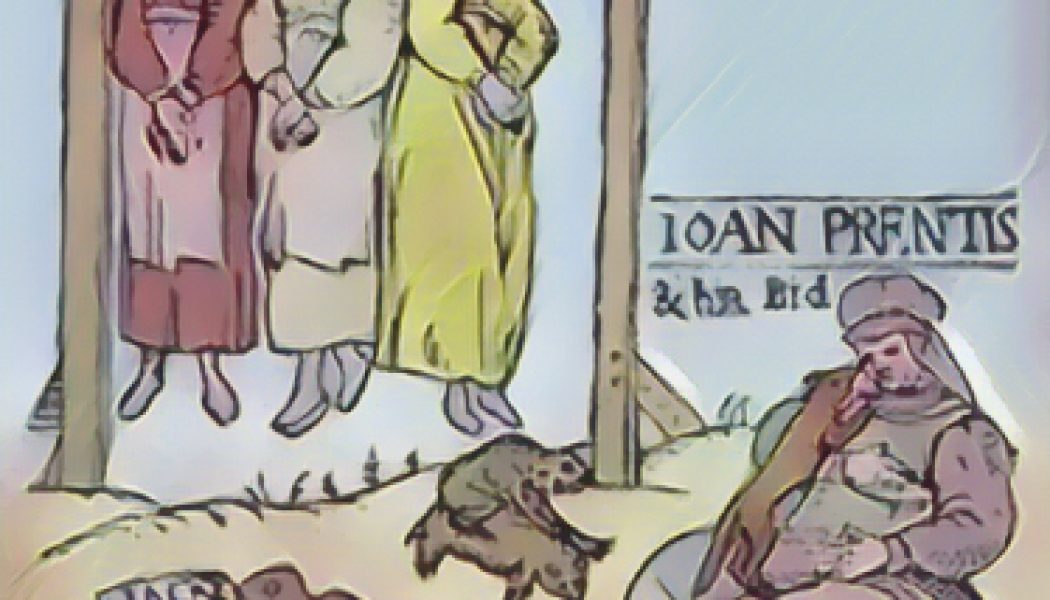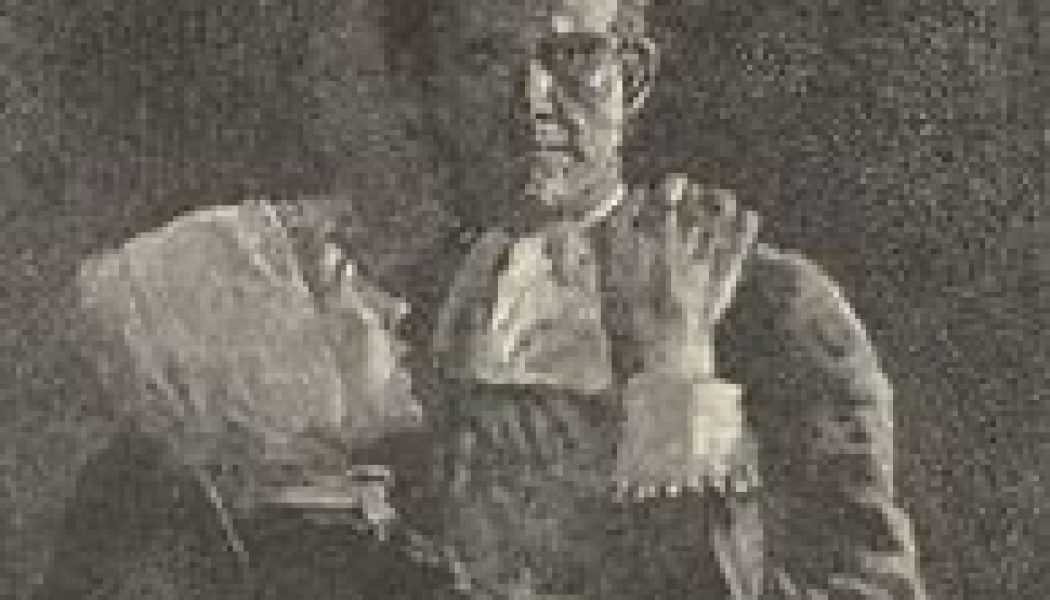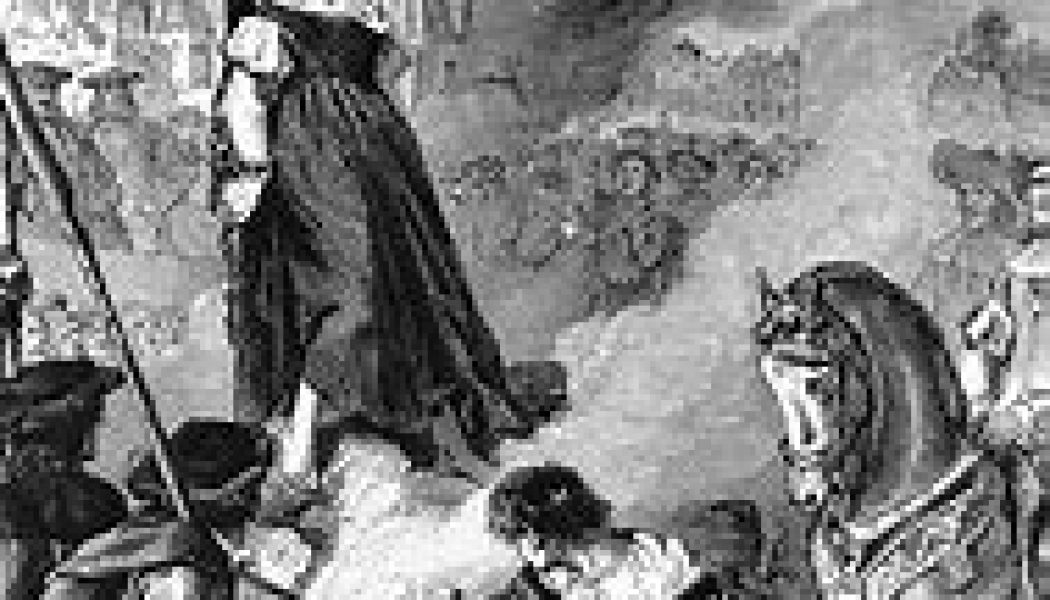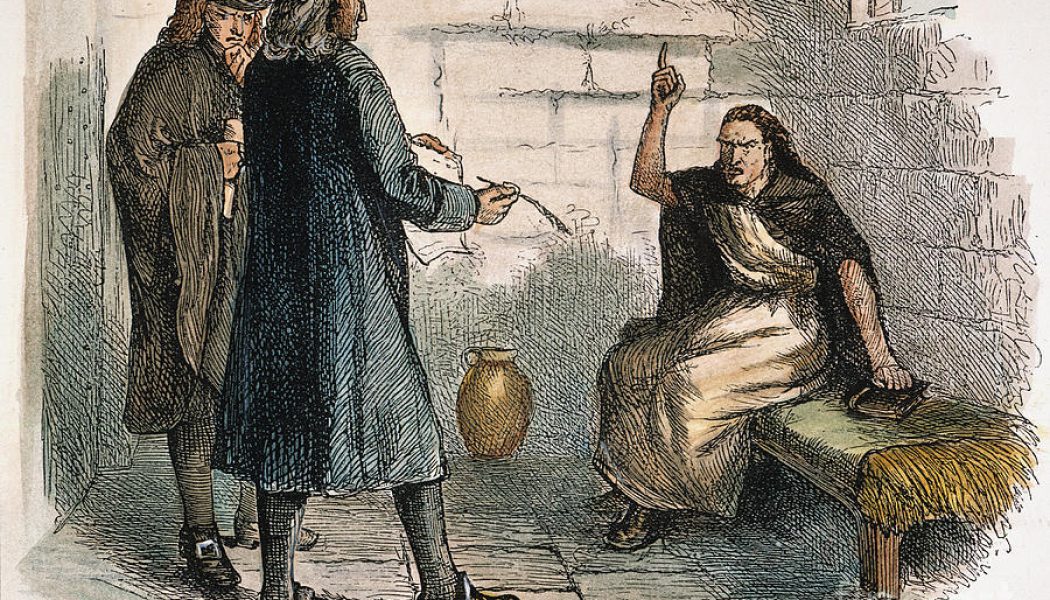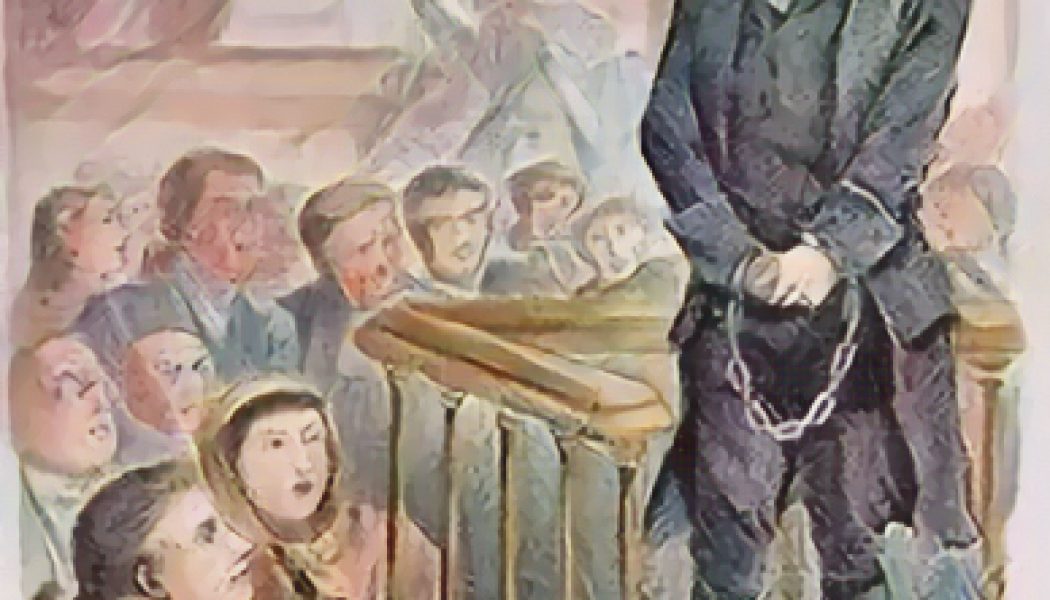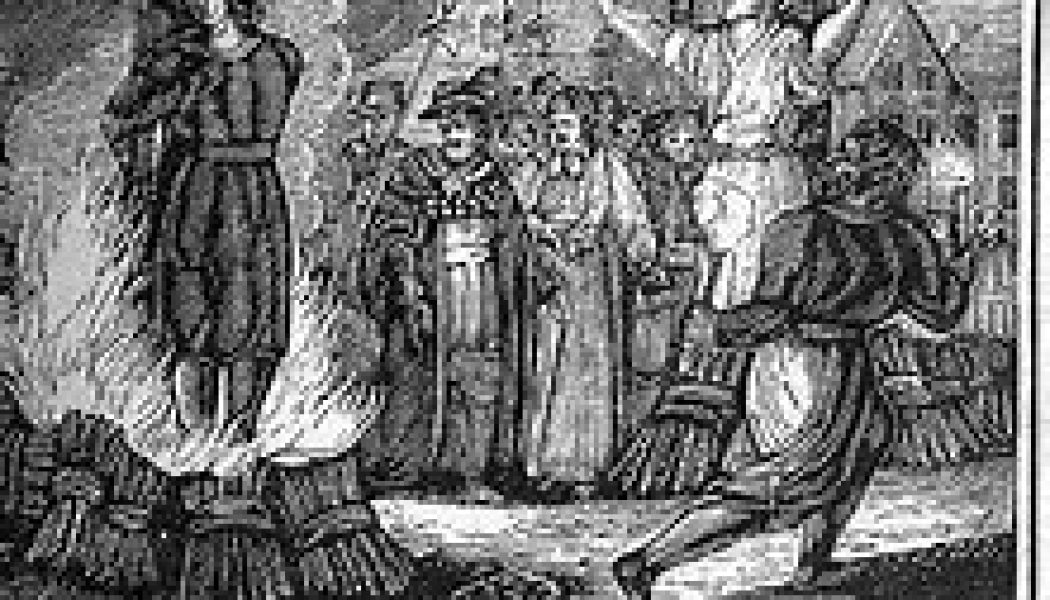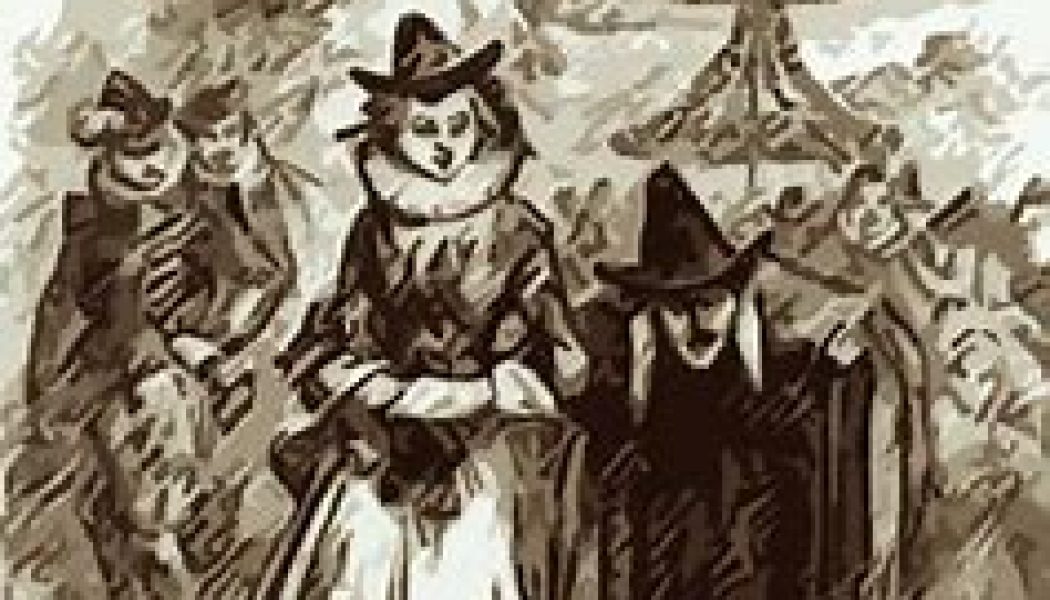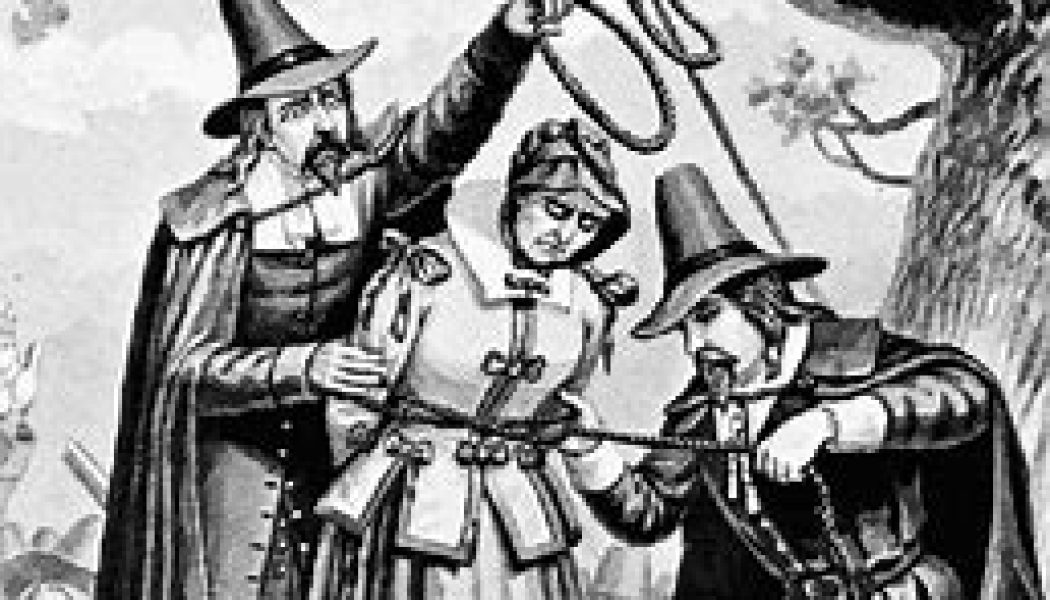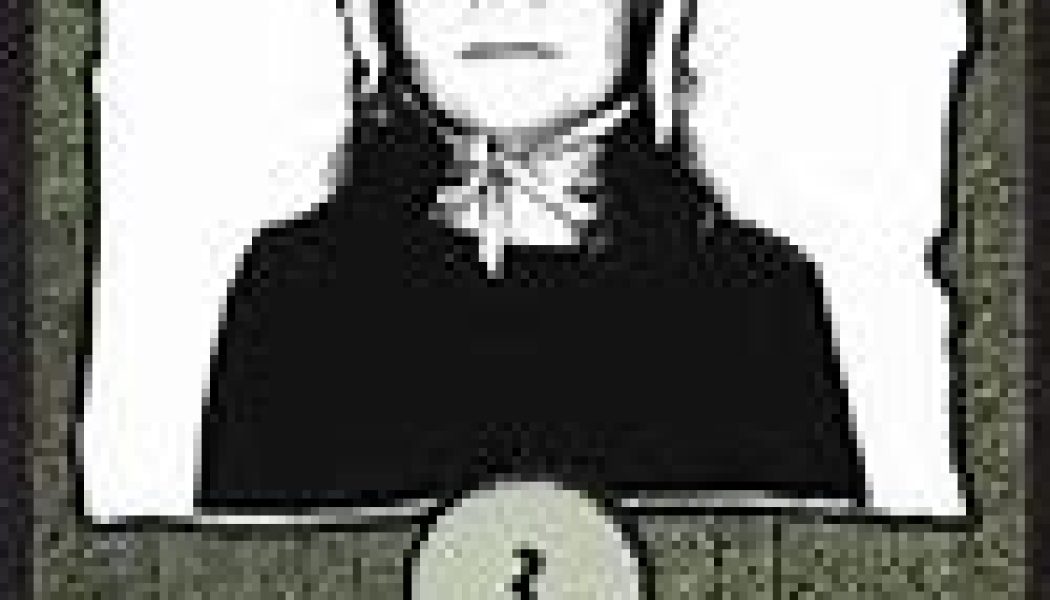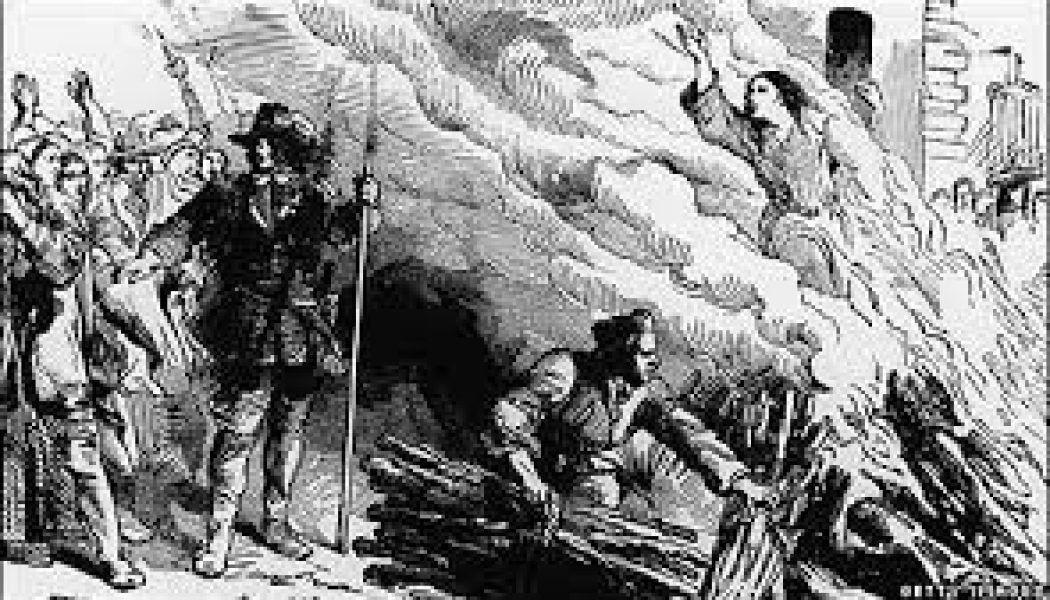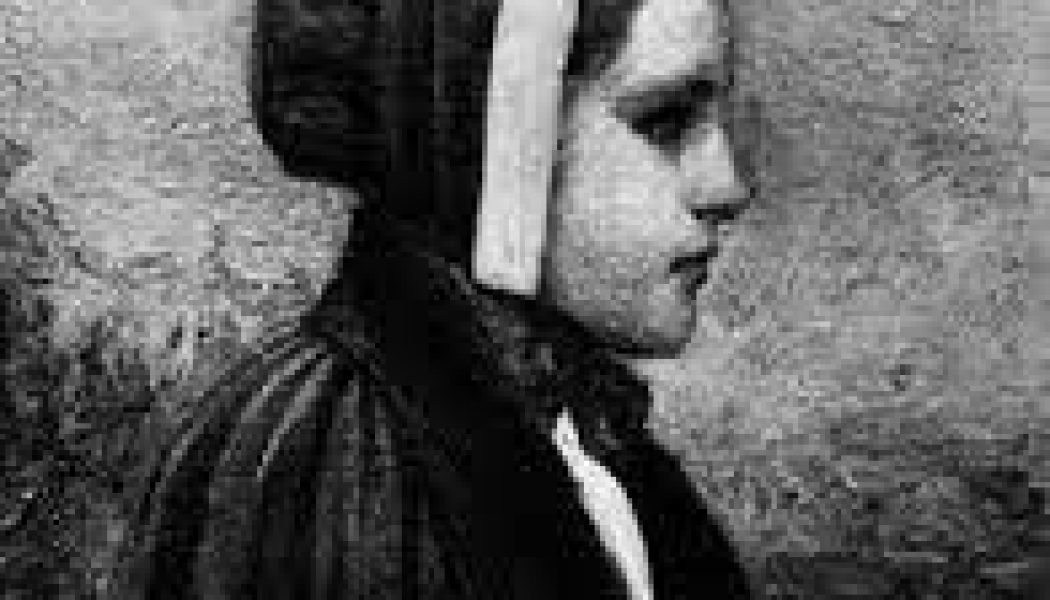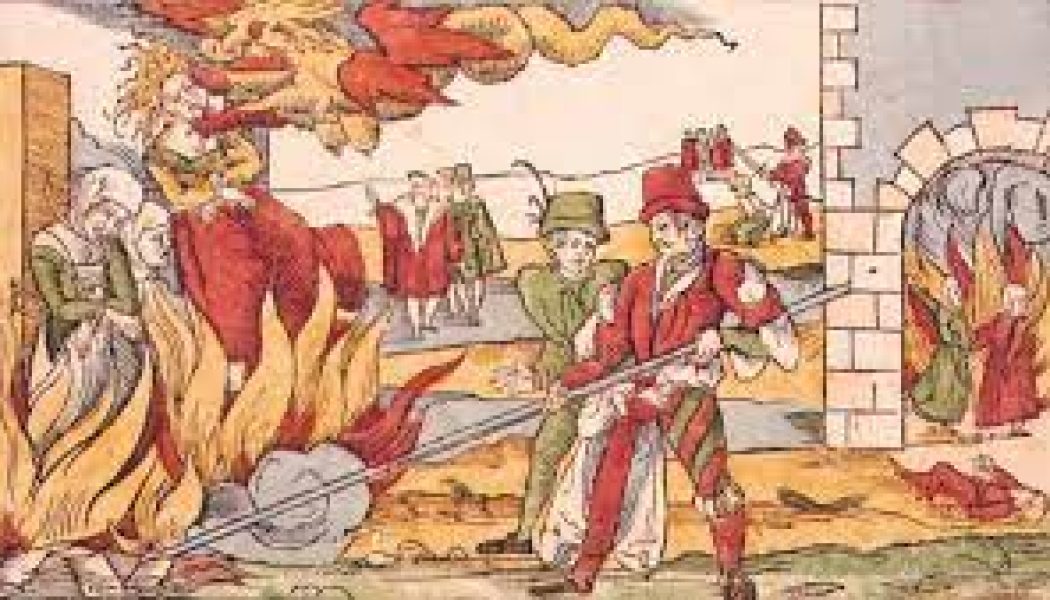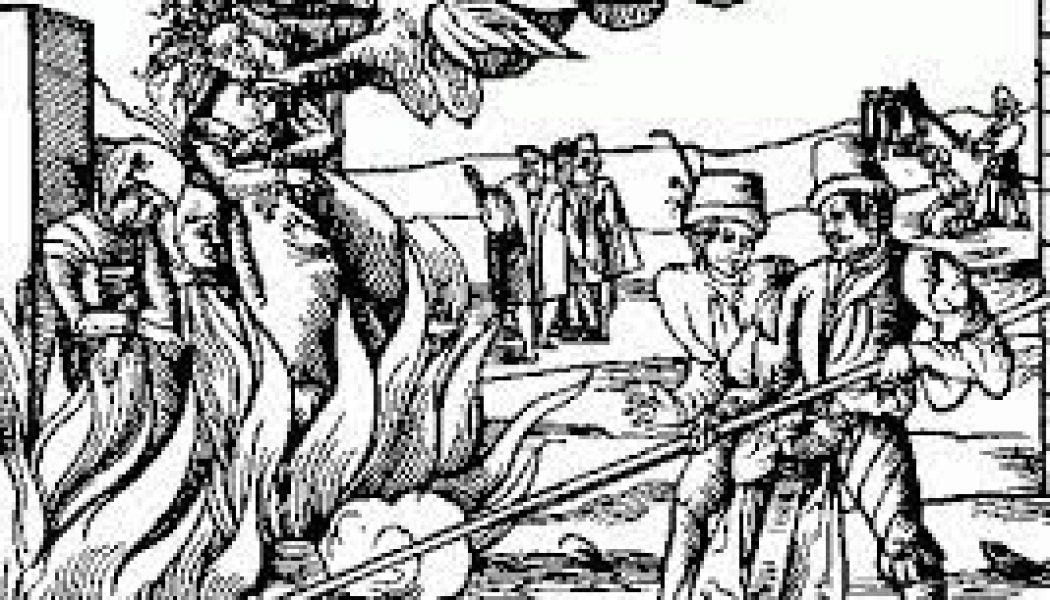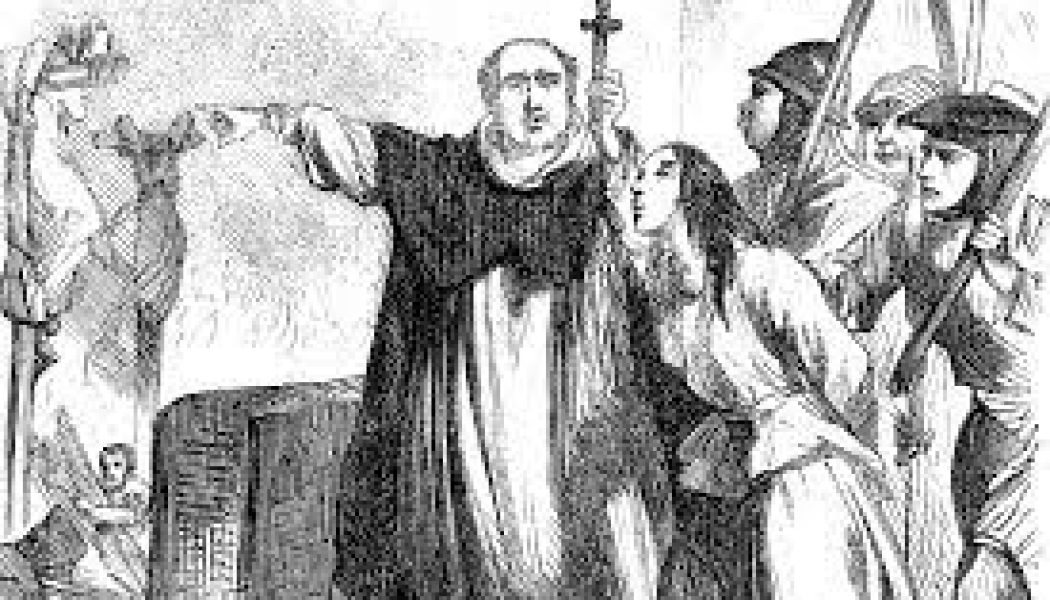Witch Hunts
Malleaus maleficarum
The Catholic Inquisition published a book that was probably the bloodiest work in the history of humanity: the “Malleaus maleficarum”, “the witches’ hammer”, had indoctri...
THE PENDLE WITCHES
On August 20th 1612 ten people convicted of witchcraft at the Summer Assize held in Lancaster Castle went to the gallows on the moors above the town. Among their number were two men and a woman in her...
Rebecca Nurse Salem: The Tragic Fate of an Innocent Woman
Rebecca Nurse is a prominent figure in the history of the Salem Witch Trials. She was born in 1621 in Great Yarmouth, England, and later immigrated to the Massachusetts Bay Colony with her family in 1...
Elizabeth Cogan Holley Kendall: Executed in the Salem Witch Trials of 1590-1643
Elizabeth Cogan Holley Kendall was one of the many victims of the infamous Salem witch trials that took place in Massachusetts in 1692. She was born in 1590 and was executed in 1643, accused of witchc...
Bury St. Edmonds Witches
Bury St. Edmonds Witches Of the various witch trials of Suffolk, England, conducted in Bury St. Edmonds during the 17th century, two episodes stand out. In 1645, 68 witches went to their deaths on the...
Guazzo, Francesco-Maria (17th century)
Guazzo, Francesco-Maria (17th century) Italian friar who became well known as a demonologist and opponent of witches. Francesco-Maria Guazzo is best known as the author of Compendium Maleficarum (Hand...
Mathew Hopkins
Hopkins, Matthew (?–1647?) England’s most notorious professional witch-hunter, who brought about the condemnations and executions of at least 230 allegedwitches, more than all other witch-hunters comb...
Fairy Witch of Clonmel (1894)
Fairy Witch of Clonmel (1894) A young woman named Bridget Cleary, of Clonmel, County Tipperary, who was tortured and burned to death because her husband believed the fairies had spirited her away and ...
Hibbins, Ann (d. 1656)
Hibbins, Ann (d. 1656) Prominent Boston woman convicted of witchcraft and executed. Her chief crime as a witch seemed to have been a bad temper, which was disliked by her neighbors. Ann Hibbins was ma...
Graves, William (17th century)
Graves, William (17th century) Connecticut man accused of witchcraft over a dispute with his daughter and son-in-law. Though no legal action was taken against William Graves, his case indicates how ea...
Bamberg Witches
At the center of the worst witch tortures and trials in Germany was Bamberg, a small state ruled by Gottfried Johann Georg II Fuchs von Dornheim. The Hexenbischof (Witch Bishop) von Dornheim, as he wa...
Hawkins, Jane (17th century)
Hawkins, Jane (17th century) Massachusetts midwife and healer expelled on suspicions of witchcraft in the delivery of a deformed, stillborn fetus. The witchcraft accusations were mixed with a religiou...
The burning alive of Father Louis Gaufridi
The burning alive of Father Louis Gaufridi for bewitchment of the nuns at Aix in 1611 formed the legal precedent for the conviction and execution of Urbain Grandier at Loudun more than 20 years later....
Gruber, Bernardo (17th century)
German trader accused of sorcery by Pueblo Indians in northern New Mexico. Bernardo Gruber was imprisoned. He escaped but died a strange death. In 1668, Gruber arrived in New Mexico with a pack train ...
Arras witches (1459–1460)
A mass witch hunt in Arras, northern France. The accused were brutally tortured and promised their lives, then burned at the stake. The incident roused the ire of the duke of Burgundy, and eventually ...
Ladder
Widely held superstitions that it is bad luck to walk beneath a ladder are related in part to fears about witches, especially during the witch hunt times in colonial America. Not all witches were burn...
Chelmsford Witches
Chelmsford witches Four major witch trails in the 16th–17th centuries that resulted in numerous convictions and executions. The first trial occurred in the summer of 1566, under the rule of Queen Eliz...
Corey Giles (d 1692)
Executed in the Salem Witches hysteria of 1692–93 by being pressed to death for not acknowledging the right of the court to try him on charges of witchcraft. Giles Corey was a well-to-do man of Salem ...
Butters, Mary (late 18th–early 19th centuries)
An attempt to cure a cow of bewitchment with white magic ended in disaster for Mary Butters, the “Carmoney Witch,” who narrowly escaped a trial in Carrickfergus, Ireland, in March 1808. Butters was a ...
Corey, Martha (d. 1692)
The fourth person to be accused of witchcraft in the Salem Witches hysteria of 1692–93, who was tried and executed. Martha Corey was the wife of Giles Corey, who also was executed. The Coreys were wel...
Burroughs George (d. 1692)
Burroughs, George (d. 1692) Minister accused of witchcraft and executed in the Salem Witches hysteria in Massachusetts in 1692 to 1693. George Burroughs served as minister of Salem Village from 1680 t...
Gowdie, Isobel:1662
Scottish witch whose stories of wild sexual escapades with the Devil titillated and shocked her stern neighbors and reinforced the prevailing beliefs in witches as evil creatures bent on destroying th...
Cole, Ann (17th century)
Accused witch in Hartford,Connecticut, who was believed to be under demonic possession. The case was recorded in a letter written by Reverend John Whiting, which in turn was published by Increase Math...
Greensmith, Rebecca (17th century)
Hartford, Connecticut, woman accused of witchcraft, who confessed and was executed. Rebecca Greensmith and her third husband, Nathaniel, lived next door to Ann Cole. The couple was reasonably affluent...
Good, Dorcas (17th century)
The youngest victim of the Salem Witches hysteria of 1692–93. Dorcas Good was the daughter of Sarah Good, one of the first persons to be accused of witchcraft in Salem, Massachusetts, in 1692. Only fo...
Burning Times
A term used by Witches and Pagans to refer to the period in Western history of intense witch-hunting and executions, generally the mid-15th to mid18th centuries. Burning, one of the most extreme forms...
Bodin, Jean (1529–1596)
Bodin, Jean (1529–1596) French demonologist and political theorist who encouraged the vicious persecution of witches and helped fan the fires of the Inquisition throughout Europe. Jean Bodin said that...
Bishop, Bridget (d. 1692)
Bridget (d. 1692) The first victim of the Salem Witches hysteria in Massachusetts in 1692–93. Bridget Bishop was the first to be accused and examined, and the first to be tried and executed. Bishop wa...
Women who Burned
“It was not witches who burned. It was women. Women who were seen as Too beautiful Too outspoken Had too much water in the well Who had a birthmark Women who were too skilled with herbal medicine Too ...
Burning at the Stake as a Punishment for Witches
Contrary to popular belief, witches were not burned at the stake in England, after the Reformation. Instead, death sentences were carried out by hanging. In Scotland, however, the sentence of burning ...
The Persecution Of Witches
In medieval times, there were possibly many issues, political, religious, and otherwise, that brought about the persecution of witches. Amongst other things, These issues included the religious emphas...
